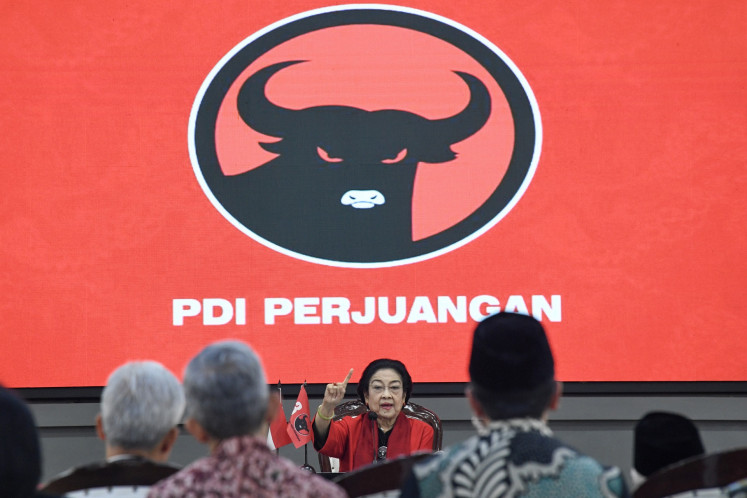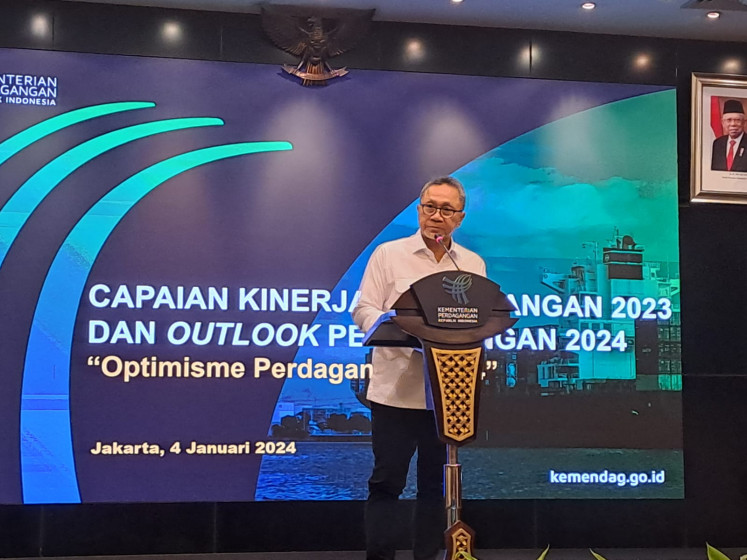Govt to open 2m hectares of new farmlands
The government will open up to 2 million hectares of new farmlands outside Java over the next five years to maintain food self-sufficiency and a stable supply of food staples
Change Size

T
he government will open up to 2 million hectares of new farmlands outside Java over the next five years to maintain food self-sufficiency and a stable supply of food staples.
“The new farmlands will be opened in several areas outside Java so that those regions will be able to secure their food supply,” director of urban and rural affairs of the National Development Planning Agency (Bappenas) Hayu Parasati told journalists Monday. She said the opening of the new farmlands was part of the government’s long-term program to make the country self-sufficient in staple foods.
“We have looked for available land outside Java and found 2 million hectares of idle land ready to be used as farmlands over the next five years,” she said, adding that the lands were proposed by heads of the regional governments.
The new farmlands have been included in the national medium-term development plant (RPJM) 2010-2014.
Hayu said a lack of agricultural land had often disrupted the supplies of staple foods in the country.
According to the Bappenas, during last 10 years, more than 110,000 hectares of farmlands were converted to non-agricultural purposes, such as service trade and settlements.
“Almost 80 percent of our farmlands are located in rural areas. However, that amount has gradually decreased in favor of non-agricultural purposes. It’s horrible,” she said, adding that massive land conversions were one of several reasons why municipal spatial planning was being reviewed.
Without appropriate spatial planning, she said, an existing 7.3 million hectares of wet rice fields and irrigation areas could decline to only 4 million hectares, leaving just 57 percent of them.
“We have seen more farmlands converted to non-agricultural purposes,” she said. She said the ongoing massive land conversion had prompted the government to propose a law on the development of land for public.
“Obviously, rural areas should have their own spatial planning, prepared under firm regulations that clearly mention how many hectares of farmlands should not be converted to non-agricultural activities,” she said.
She said that massive land conversions had further burdened farmers in rural areas. “They depend upon their tiny plots, which measure 0.3 by 0.5 hectares, to support a single staple food commodity,” she said, adding that traditional technology used in agriculture had made agricultural production less than optimal.
“They can use their production just for their daily consumption,” she added. According to the Central Statistics Agency (BPS), farmers used 60 percent to 70 percent of their agricultural output for daily food consumption in 2008.
Apart from preparing 2 million hectares of new farmlands, the government is committed to promoting food diversification.
Hayu said that 60 to 70 percent of rural residents still depended on rice. “We will try to boost the people’s understanding on the need for the diversification of foodstuffs other than rice,” she said. (ebf)









